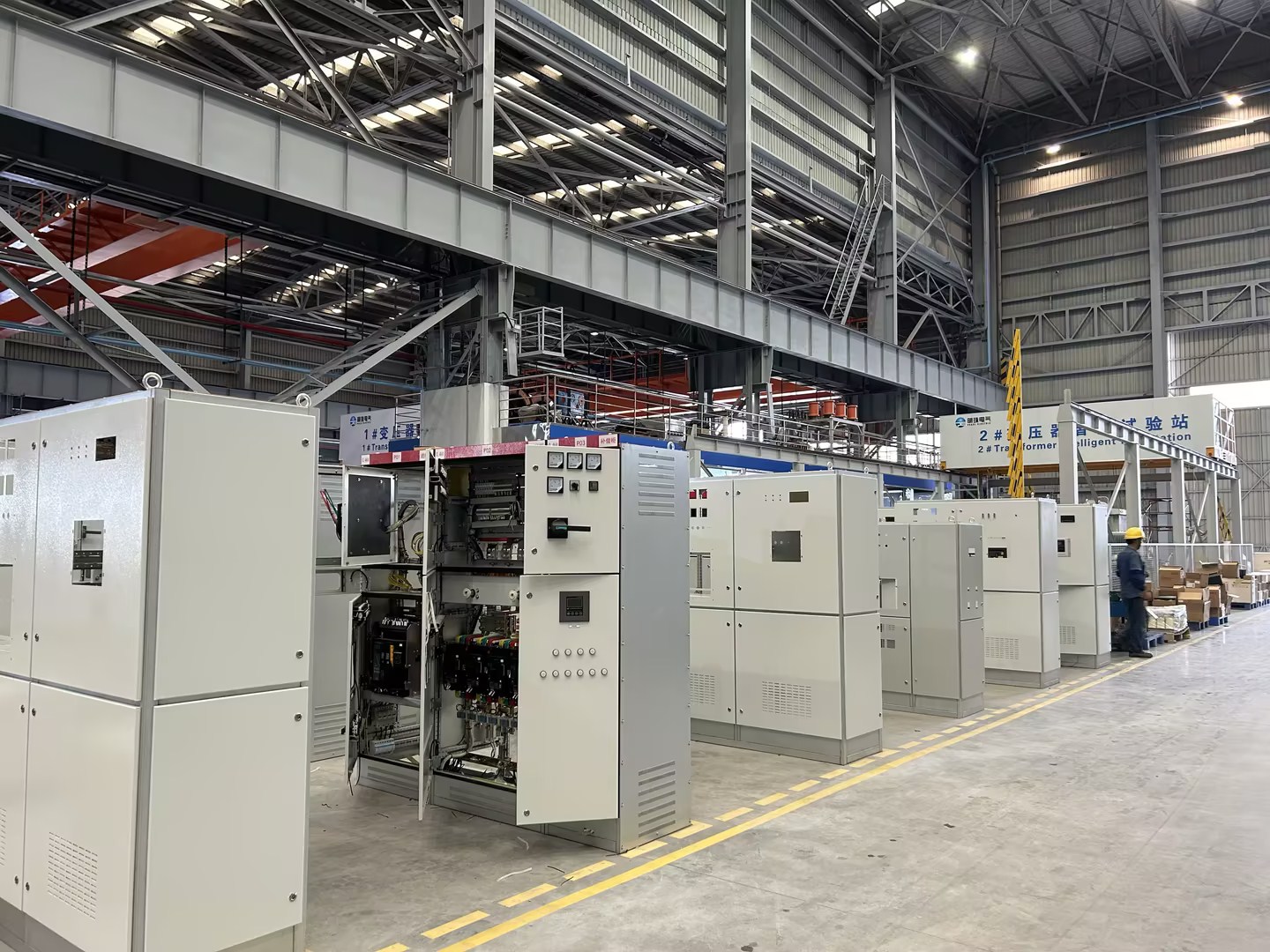English ![]()

Views: 0 Author: Site Editor Publish Time: 2025-04-14 Origin: Site
What is transformer ratio?
The transformation ratio of a transformer refers to the voltage ratio between the high-voltage (HV) winding and low-voltage (LV) winding. Specifically, it represents the ratio of the rated voltage on the primary side (typically designated as the high-voltage or input side) to the rated voltage on the secondary side (generally identified as the low-voltage or output side).
Mathematically, the transformation ratio (K) of a transformer can be expressed as:
K=Rated Voltage on the High Voltage side/Rated Voltage on the Low Voltage side
How to calculate the transformation ratio of a transformer?
There are several calculation methods for the transformation ratio of transformers:
1. Calculating the Turns Ratio via Primary-to-Secondary Coil Turns:
Formula: Transformer Ratio = Primary Coil Turns ÷ Secondary Coil Turns
Example: If a transformer has 1,000 turns in its primary coil and 2,000 turns in its secondary coil, the Transformer ratio is 1:2.
2. Calculating the Transformation Ratio via Input and Output Voltages:
Formula: Voltage Ratio = Primary Voltage ÷ Secondary Voltage
Example: If a transformer has a primary voltage of 220V and a secondary voltage of 110 V, the voltage ratio is 2:1.
3. Calculating the Transformation Ratio via Transformer Rated Power:
Formula: Transformation ratio=root sign (rated capacity of transformer x input voltage) ÷ output voltage
Example: If a transformer has a rated power of 1,000 VA, an input voltage of 220 V, and an output voltage of 110 V, the transformation ratio is 2:1.
4. Relationship Between Turns Ratio and Voltage Ratio
The induced electromotive force (EMF) in the primary winding (input side) and secondary winding (output side) of a transformer is directly proportional to the number of turns in each winding. Therefore, the ratio of the input voltage on the primary side to the output voltage on the secondary side equals the turns ratio.
When calculating the transformer ratio, the appropriate method can be selected based on the actual known transformer parameters and scenarios.

The Impact of Transformer Ratio on Power System
1. Voltage Stability
Changes in the transformer ratio directly affect the voltage stability of power systems. Specifically, an increased transformation ratio leads to voltage rise, while a decreased ratio causes voltage drop. In practical operations, the variation magnitude of the transformation ratio must be precisely regulated to ensure system voltage stability remains within acceptable limits.
2. Power Transfer Capacity
Transformer ratio adjustments also influence the system's power transfer capability. A reduced transformation ratio decreases the transformer's rated current, potentially lowering load capacity. Concurrently, reactive power in the system is affected by ratio modifications. Consequently, the impacts on power transfer capacity must be thoroughly evaluated during ratio adjustments.
3. Safety Hazards
Transformers in power systems typically employ laminated cores for winding construction. Altering the transformation ratio requires readjusting the core's total magnetic flux. Improper technical execution may induce core overfluxing, creating safety risks such as insulation failure or equipment overheating.
4. Impacts on Special Operational Scenarios
In specific scenarios (e.g., power system testing and maintenance during construction), modifying the transformer ratio may be necessary to optimize system performance. However, such changes demand rigorous assessment of their effects on the power system's overall stability and operational safety.
The transformation ratio must be selected in accordance with grid voltage levels, load variation patterns, and economic operation requirements. As a critical parameter in power system design, operation, and protection, the rational configuration of the transformer ratio directly impacts voltage stability, energy efficiency optimization, and equipment safety. Adjustments to the transformation ratio require comprehensive consideration of grid topology, load characteristics, and economic dispatch constraints to mitigate potential risks such as circulating currents and voltage collapse.
